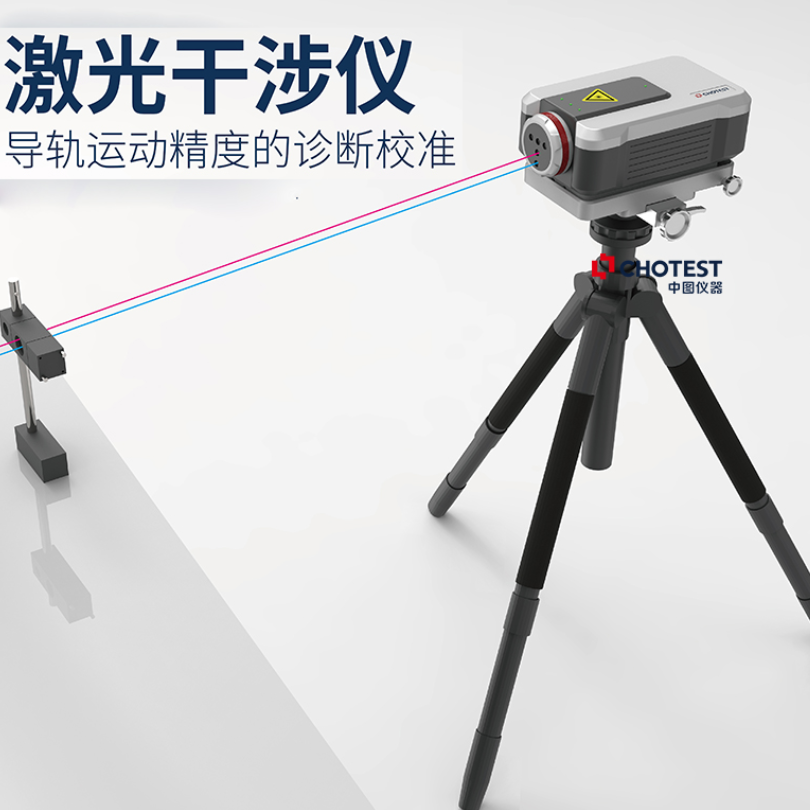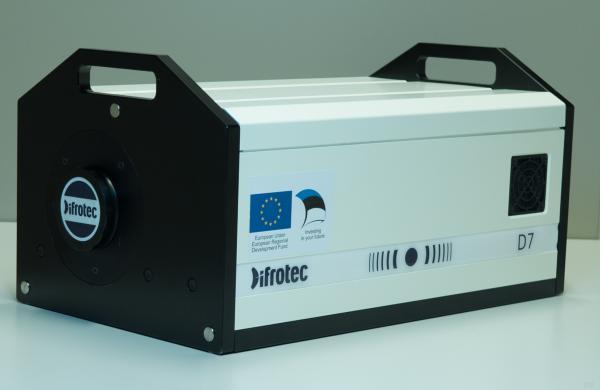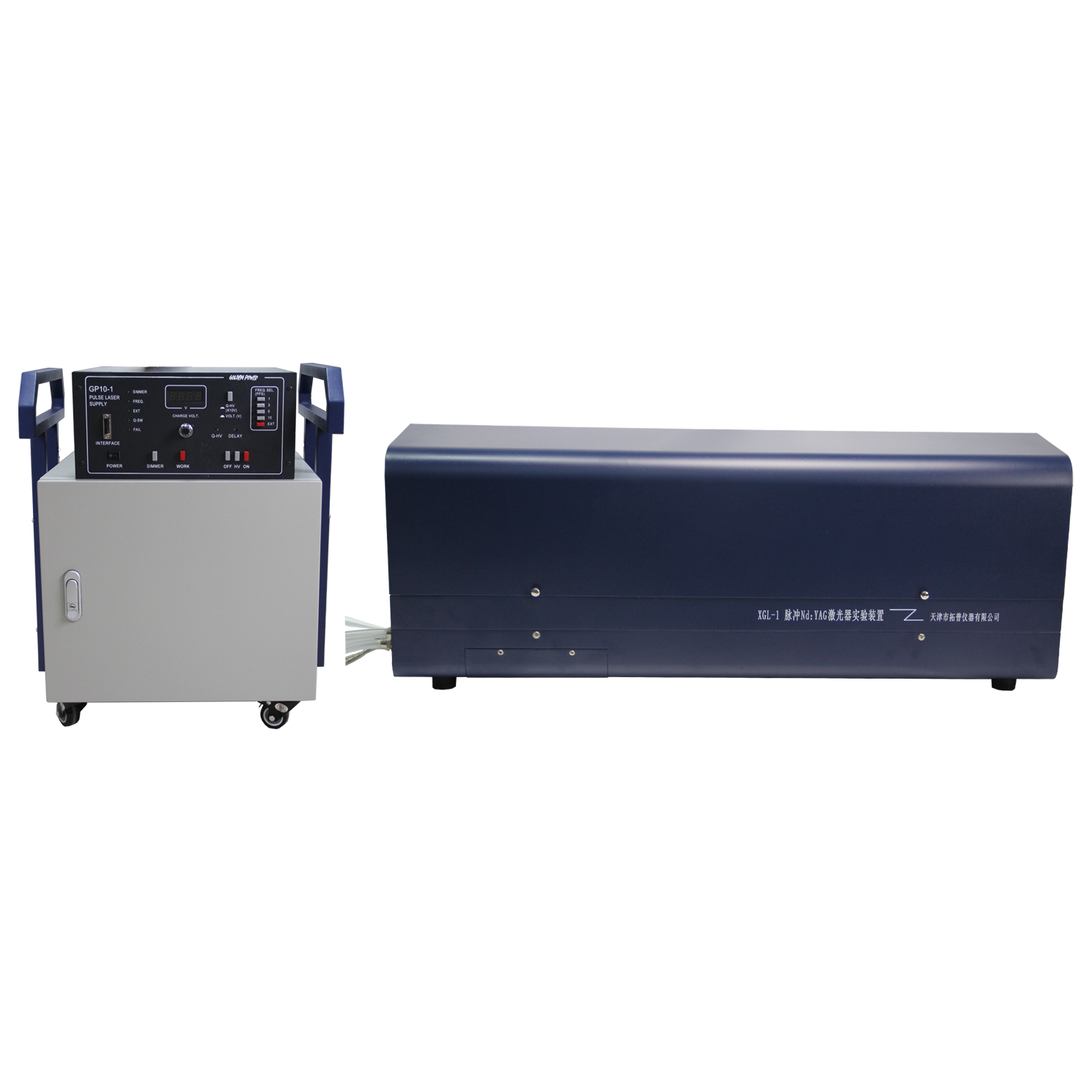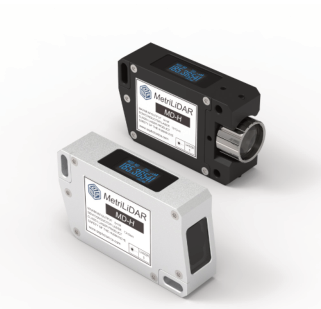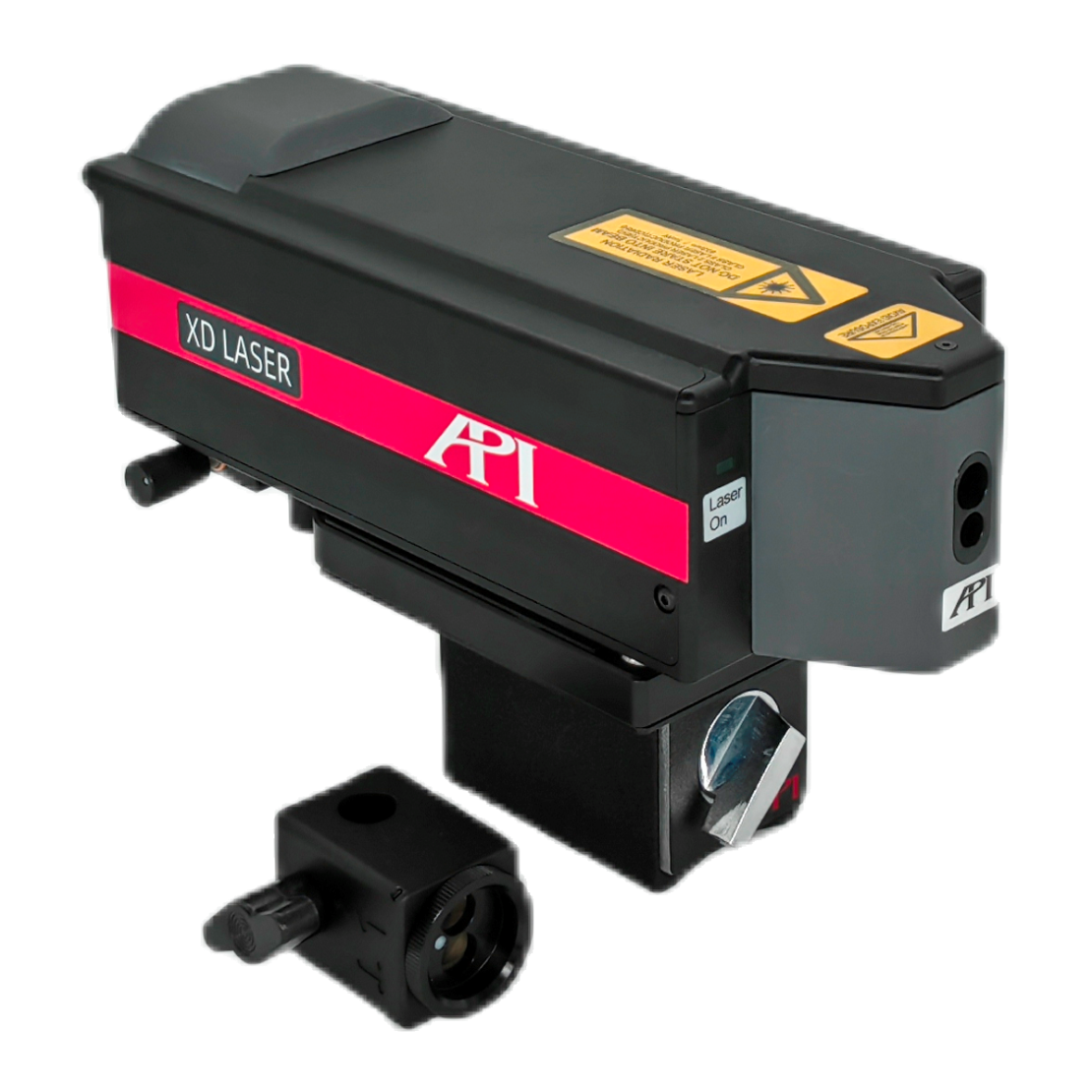采用美国Artium 公司的PDI-200MD型相位多普勒粒子干涉仪,测量了水喷雾中的液滴粒径和速度等参数。研究了水喷雾对多“细胞”结构常规爆轰的影响。
方案详情

ResearchGateSee discussions, stats, and author profiles for this publication at: https://www.researchgate.net/publication/319242944 26th ICDERSJuly 30th-August 4th, 2017Boston, MA, USA Influence of water sprays on a multi-cellular regular detonation Conference Paper· August 2017 CITATIONS0 READS 39 3 authors: Geoffrey JarsaleUniversite de Poitiers Florent VirotEcole Nationale Superieure de Mecanique et d'Aerotechnique 4 PUBLICATIONS 4 CITATIONS 16 PUBLICATIONS 41 CITATIONS SEE PROFILE Influence of water sprays on a multi-cellular regular detonation Jarsale G.- Virot F. - Chinnayya A.Institut Pprime- UPR CNRS 3346ENSMA, 1 avenue Clement Ader, BP 40109,86961 Futuroscope-Chasseneuil Cedex, France Introduction Detonation propagation in heterogeneous media has been an old topic interesting researchers for bothpropulsion improvements and hazards prevention ([四 2). In this large context, a more specific topichas been investigated by Thomas et al. (3lE) where they highlighted conditions to mitigate detona-tions and deflagrations propagating in hydrocarbon-air atmospheres with water spray having large droplets(greater than 100 um). These studies revealed the strong influence of small droplets (lower than 30 um) inquenching a detonation and a deflagration, and defined that a detonation quenching is obtained with velocitydeficits up to 10 % of the theoretical detonation velocity in a dry atmosphere. Furthermore, recent numerical () and experimental works (0@06) confirmed the role of fine sprays indampening a detonation. In [Z] the authors also showed the strong influence of a spray with 10 um dropletsin enlarging cellular structures and thus slowing down the kinetic processes, without significantly impactingthe detonation velocity propagation and the pressure profiles observed downstream of the detonation front. To follow the previous works, this paper presents preliminary results dealing with a detonation propaga-tion in重C2H4+3O2+ZAr, for an equivalence ratio 亚 ranging from 0.8 to 1.1, with an argon dilution Z = 28which refers to a 90 % dilution in mass, with a fine water spray reaching an apparent density of approx-imately 130 g/m. Pressure results, detonation velocities, cellular structures have been recorded and areanalyzed, along with a spray characterization. As the previous study C] describes the experimental appara-tus involved in these experiments and gathers results of ethylene-air detonation diluted with the same waterspray (approximately same mass fraction, arithmetic and Sauter mean diameter), only a brief description ofthe set-up is recalled. The numerous experimental results will then be compared with this work: detonationvelocity analysis, cellular structure and pressure analysis. Conclusions are drawn afterwards. 2 Experimental considerations 2.1TThe set-up and the flow rates The experimental set-up consists of a 4 m height vertical stainless steel tube with a square section of 52 ×52 mm, on which seven KISTLER 603B pressure transducers are placed at various positions, between 1.9 and 3.7 m from the bottom. A smoked plate can be placed at a 3.40 m height on the inner surface of the tubeto record the detonation cellular patterns. The injection process of the spray and the fuel is performed by thebottom, ensuring an inline mixing. The ignition is performed with the help of a booster section filled witha C2H4+302 gaseous sensitive mixture generating a strong shock that is transmitted to the experimentedmixture. Since the last study Z], a new atomizer has been designed, and is composed of 4 atomizing units TDKNB-59S-09S, which generates droplets by producing liquid film instabilities (at 1.7 MHz). These units arefed with a constant power supply of 45 V and 0.6 A each. Different spray densities can then be produced. The various flow rates involved are gathered in Table along with their equivalence ratios. Two wetconfigurations were adopted during the test, with 1 and 2 atomization units running. Dry tests (YHo =0.0) were also performed with another injector, to obtain reference results. The flows involved allowed usto reach an argon dilution of 90.1 ±0.34% in mass, and water mass flows of 199 ±7 g/h (YHo =0.064±0.001) with 1 atomization unit running, and 2944±8g/h (YH2o = 0.092 ±0.001) with 2atomization units. Spray apparent density reaches 90 ±4 g/m’and 134 ±5g/m’ for 1 and 2 atomizationunits running respectively. Each test is repeated twice for reproductibility reasons. Table 1: Mass flow rates in the tests. refers to the equivalence ratio reached with each set of parameters. 0.8±0.04 0.9±0.04 1±0.04 1.1±0.04 mcH4(g/h) 52±4 59±4 64±4 72±4 mAr (g/h) 2603±26 mo2(g/h) 223±6 2.2TThe spray characterization A spray investigation was performed to obtain its properties before and after the injection in the experimentaltube, and to verify its homogeneity. This was achieved with an ARTIUM PDI-200 MD device using the PhaseDoppler Interferometry method, on a related experiment reproducing two positions: the experimental tubebotton (~ 20 cm above the atomizer) and the tube top (5 m above the atomizer). Figure 1: On the left, the experimental droplet size distribution obtained along with log-normal fits in solid lines, andon the right the droplet volume fractions. In the two graphs, Arefers to the experimental tube bottom position (20 cm)and o to the tube top (5 m). The spray characteristics are independant of the 1 or 2 atomization units configurationinvolved. The left graph of Fig. shows a similar droplet distribution between the tube bottom and the tube top. Both distributions provide the same arithmetic diameter D10 ≈ 10 um. The distributions are well predicted by alog-normal fit in the range of 1 to 80 um. The Sauter mean diameters D32 are close to 98 and and 83 umrespectively. However as expected with this type of atomizer, larger droplets (>90 um) are generatedand contain most of the liquid mass of the spray. Indeed as it is visible in the right graph of Fig..morethan 90 % of the liquid is carried by these large droplets. A slight discrepancy can also be found about thevolume fraction distribution on Fig.right. Hence one’s should pay attention to these droplets as they area potential reservoir of future droplets with less than 10 um in diameter after a shock induced secondaryatomization. 3 Results and discussion 3.1 Velocity analysis The detonation velocity has been estimated from the pressure transducers located between 2.7 and 3.7 m.A graph gathering the average velocities estimated for each equivalence ratio and each water mass fractioninvolved is represented in Fig.2w.i twhi tthhe maximum estimated uncertainties. We can see that the averagevelocities are in good agreement with the equivalent theoretical values. Differences between the experi-mental detonation velocity Dexp and the computed CJ detonation velocities Dcj are lower than 3 % for thereference dry case. When water (6.4% in mass) is added, this deficit reaches up to 6 %. It can also be foundthat the addition of 6.4 % in mass of water decreases the average detonation velocity Dexp - wet by 11 to16 % in comparison with DcJ- dry in a dry mixture, meaning a 170 to 240 m/s velocity drop. The latter observations are in relative agreement with tests performed in ethylene-air-water spray mix-turesil, as a lower velocity drop of 90 m/s was observed with the addition of an analogous amount ofwater (in , YHzo~ 0.07 and the spray apparent density is about 110 g/m’). Moreover, the deficitsbetween theoretical and experimental data are slightly greater for each mixture considered. We can alsoobserve that a sustained detonation can exist in C2H4/O2/Ar despite a velocity difference slightly greaterthan 10 % between DcJ - dry and Dexp- wet, surpassing the criterion defined by Thomas et a. I31. The latter observation suggests that the detonation quenching could be close. This quenching has beenexperienced with an additional amount of water injected to the previous water mass fraction. Indeed, thedetonation velocities recorded with mixtures having a 9.2 % in mass of water are well under the dry deto-nation velocities. This observation is also confirmed with the study of the smoked plates and the pressuresignals. 3.2 Detonation cellular structure The average cell sizes were determined by measuring both group of individual cells and band spacings be-tween triple points trajectories on the smoked plates. The corresponding graph is represented in Fig. 3a,where the typical tube dimensions are also represented. A good reproductibility is found between tests forthe same experimental conditions. Dry mixtures exhibit the smallest detonation size, with more than 5 cells in the channel. The typical U-shape of the average cell size measured is also visible, as observed with ethylene-air mixtures. Besides,the addition of water generates a cell enlargement, by a factor of 12 to 20 in comparison the dry mixtures,producing a transition from a regular multi-cellular detonation to an irregular cellular of half-cell detonationregime. This cell evolution is emphasized on Fig. 36. Dry mixtures display quite regular cells patterns (seesmoked plate (i)), whereas the cell irregularity comes with water addition (smoked plate (ii)) and eventuallyleads to the detonation failure (smoked plate (iii)). This detonation failure has also been observed with an Jarsale G. Figure 2: The average detonation velocities (D) obtained for the various equivalence ratios and water mass frac-tions, represented with symbols and their maximum experimental uncertainties. Solid lines represent the computeddetonation velocity performed with TDs [8l, considering a mixture of C2H4/O2/Ar with liquid water. equivalence ratio 重 of 0.9 and 1.1 in the case of a 9.4 % addition in mass of water. (a) (b) Figure 3: On the left : Average cell size 入estimated for the various equivalence ratio 重 and water mass fraction tested.The plain line refers to the tube size (52 mm) and the dashed line to twice this size. On the right :Cellular structuresprinted on smoked plates in the case of重C2H4+302+ZAr mixture at Z=28 and 重=1 for a dry test (i), a test withYH2o=0.064 (ii) and one with YHzo=0.092 (iii). Cells are highlighted in white lines. Induction lengths which refer to the distance between the shock front and the thermicity peak, were alsocalculated with the ZND-Toolbox [g] using the Cantera library [10] for detonations propagating in dryC2H4/O2/Ar mixtures at a velocity calculated with TDs [B]. It highlights that the increase of the inductionlength does not exceed a factor of 5, between a detonation propagating at the ideal dry gaseous detonationspeed Dcj, and a detonation propagating at a lower velocity D for the same dry mixture (D in the range of1300-1420 m/s, which refers to the TDs velocities calculated in C2H4/O2/Ar+liquid water mixtures). The experiments performed with ethylene-air and water spray mixtures 17C] revealed that the cell growthis only of a factor of 2 to 3 with a similar water mass fraction addition, and is also of the same order of magnitude for the induction length growth when a velocity deficit is considered in the calculations. Thusthe influence of the liquid water spray seems to be more important on a regular multi-cellular detonationthan on a 2 or 3-cells irregular detonation (ethylene-air), as it almost extincts it. In the conditions of nearextinction, the induction length growth also may not match anymore the equivalent cell size growth. 3.3 Pressure analysis The seven pressure transducers located all along the tube allowed us to record the detonation pressure sig-nals. A superimposition of three typical unfiltered pressure signals is presented in Fig. 4 for a detonation in anear stoechiometric mixture (重=1), taken at the C6 position (≈ 3.5m from the tube bottom). We can noticethat water addition has a visible effect on the detonation, as for YHzo= 0.064 larger pressure fluctuationsare generated, in comparison with the dry case. Moreover the addition of this amount of water also notice-ably lowers the average pressure level downstream of the front shock. A delay in the reflected shock arrivalis also visible when we compare the two pressure signals of YH20=0.0 and YH20=0.064. As previouslysaid, the detonation quenching is observed on the pressure signals for the addition ofYHzo =0.092, withthe propagation of a weaker shock followed by a possible combustion that the pressure plateau may indicate. Figure 4: Pressure signals recorded at the C6 position on the tube for 3 different water mass fractions, at an equivalenceratio=1. The timet-tsH represents the time elapsed after the detonation front shock arrival on the transducer. The experimental pressure values estimated as in [Z] range between 0.71 and 0.78 Pcj for mixtures withYH20 =0.0. These values relatively agree with the data found in the literature and for ethylene-air-waterspray mixtures (≈0.75-0.78Pcj [Z). We have also estimated the hydrodynamic thickness and the values range from 8 to 15入 in the case of theaddition of 重C2H4+3O2+ZAr+water spray (YH0=0.064), for all the equivalence ratios. Those valuesare higher than the ones found in the literature for regular mixtures (1-4入in [1]) and irregular mixtures(5-7入in [Z],6入in [121). The values in [12] and [C] were obtained for a smaller 2-cell and 2.5 to 1 cellstructures respectively. In our case, the estimation is obtained with a half-cell detonation structure in asquare channel. 3 Conclusions The detonation experiments conducted at an initial atmospheric pressure in 重C2H4+3O2+ZAr for equiva-lence ratios 亚 ranging from 0.8 to 1.1, Z = 28, and laden with water sprays (approximately 90 g/m’ and Jarsale G. 130 g/m) highlight interesting features. Indeed a significant velocity decrease reaching 170-240 m/s isobserved with the addition of 6.4 % in mass of water, and is coupled with a very strong enlargement of thecell structure (ten to twenty times), linked to a worsening of the cellular structure regularity. The additionof this amount of water has also a noticeable influence on the pressure decrease downtsream of the leadingfront shock, and increase the global pressure fluctuations. The detonation extinction limits lie between 6.4and 9.2 % in mass of water. This limits needs to be precised. We need to mention that the mixtures we used in our experiments and analysis have very different reactionheat releases (approximately 880 kJ/kg for C2H4/O2/Ar diluted at 90 %and 2400 kJ/kg for C2H4/air).However, some observations can be done. Indeed for dry cases, the detonation cellular structure is found tobe more regular with argon dilution in comparison with nitrogen dilution, as expected. The spray injectionreveals a decrease of the detonation velocity of more than 10 % for C2H4/O2/Ar mixtures. As a comparison,the experiments with more irregular dry detonation mixtures with air seem to show a smaller decrease in thedetonation velocities. Further experiments will be carried out to check the first observations made in this paper, and to see whetherthe conclusions can be extended to C2H4/O2/Ar mixtures with higher reaction heat releases (i.e. smallerdilutions). References ( [1 ] Laffitte, P., Bouchet, R.: Suppression of explosion w aves in g a seous mixtures by means of f i ne pow-ders. In: Symposium (International) o n Combustion, vol . 7, pp. 504-508. Els e vier (195 8 ) ) ( [2] Cramer, F. B .: The onset of detonation in a droplet combustion field. In: Symposium ( I nternational)on Combustion, vol. 9, pp. 482-487. Elsevier (1963) ) ( [3] Thomas, G. O., Jones, A ., E dwards, M. J . : I nfluence o f w ater s prays on e xplosion development infuel-air mixtures. Combustion Science and Technology 80(1-3), 47-61 (19 9 1) ) ( [4] Thomas, G. O.: On t h e conditions r equired for explosion mitigation by water sprays . Trans IChemE78,339-354(2000) ) ( [5] Fedorov, A. V., K ratova, Y. V.: A nalysis of the i n fluence o f inert particles on the propagation o f a c ellular heterogeneous detonation. S hock Waves 25(3), 255-265 (2015) ) ( [6] Boeck, L. R . , K i nk, A., Oezdin, D., Hasslberger, J., Sa t telmayer, T.: In f l uence of w ater mist onflame acceleration, DDT and d etonation i n H2-air mixtures. I nternational Journal of Hydrogen En-ergy 40(21), 6995-7004 (2015) ) ( [7] Jarsale, G., Virot, F . , Chinnayya, A. : Ethylene-air detonation in water spray. Shock Waves, 26(5), 5 61-572(2016) ) ( [8]| V ictorov, S. B., Gubin, S. A., Maklashova, I. V., Revyakin, I. I.: Thermodynamic TDS code: Applica-tion to detonation propertie s of condensed explosives. In : 32nd Annual Conference o f I CT. EnergeticMaterials. Ignition , Combustion and Detonation, pp. 69.1-69.15. Karlsruhe (2001) ) ( [9] S hepherd, J . E.: C hemical kinetics o f hydrogen-air-diluent detonations. Pr o gress in Astronautics and Aeronautics 106, 263-293 (1986) ) ( [10] G oodwin, D. : Ca n tera: Object-oriented software for reacting flows (2005). ) ( [ 1 1] V asil'ev, A.A. and G avrilenko, T.P. and T opchyan, M . E.: On the Chapman-Jouguet surfa c e in multi- h eaded gaseous detonations. Astronautica Acta, 17(4), 499-502(1972) ) ( [12] Lee, J.H.S., Radulescu, M.I . : On the hydrodynamic thickness of cellular detonations. Combustion, Explosion and Shock Waves, 41(6), 745-765 (2005) ) Shock wave propagation in two-phase medium View projectAll content following this page was uploaded by Geoffrey Jarsale on August The user has requested enhancement of the downloaded file. Correspondence to: geoffrey.jarsale@ensma.fr Detonation propagation in heterogeneous media has been an old topic interesting researchers for both propulsion improvements and hazards prevention ([1], [2]). In this large context, a more specific topic has been investigated by Thomas et al. ([3], [4]) where they highlighted conditions to mitigate detonations and deflagrations propagating in hydrocarbon-air atmospheres with water spray having large droplets (greater than 100 um). These studies revealed the strong influence of small droplets (lower than 30 um) in quenching a detonation and a deflagration, and defined that a detonation quenching is obtained with velocity deficits up to 10 % of the theoretical detonation velocity in a dry atmosphere. Furthermore, recent numerical ([5]) and experimental works ([6], [7]) confirmed the role of fine sprays in dampening a detonation. In [7] the authors also showed the strong influence of a spray with 10 um droplets in enlarging cellular structures and thus slowing down the kinetic processes, without significantly impacting the detonation velocity propagation and the pressure profiles observed downstream of the detonation front. To follow the previous works, this paper presents preliminary results dealing with a detonation propagation in C2H4+3O2+ZAr, for an equivalence ratio ranging from 0.8 to 1.1, with an argon dilution Z = 28 which refers to a 90 % dilution in mass, with a fine water spray reaching an apparent density of approximately 130 g=m^3. Pressure results, detonation velocities, cellular structures have been recorded and are analyzed, along with a spray characterization. As the previous study [7] describes the experimental apparatus involved in these experiments and gathers results of ethylene-air detonation diluted with the same waterspray (approximately same mass fraction, arithmetic and Sauter mean diameter), only a brief description of the set-up is recalled. The numerous experimental results will then be compared with this work: detonation velocity analysis, cellular structure and pressure analysis. Conclusions are drawn afterwards.
确定
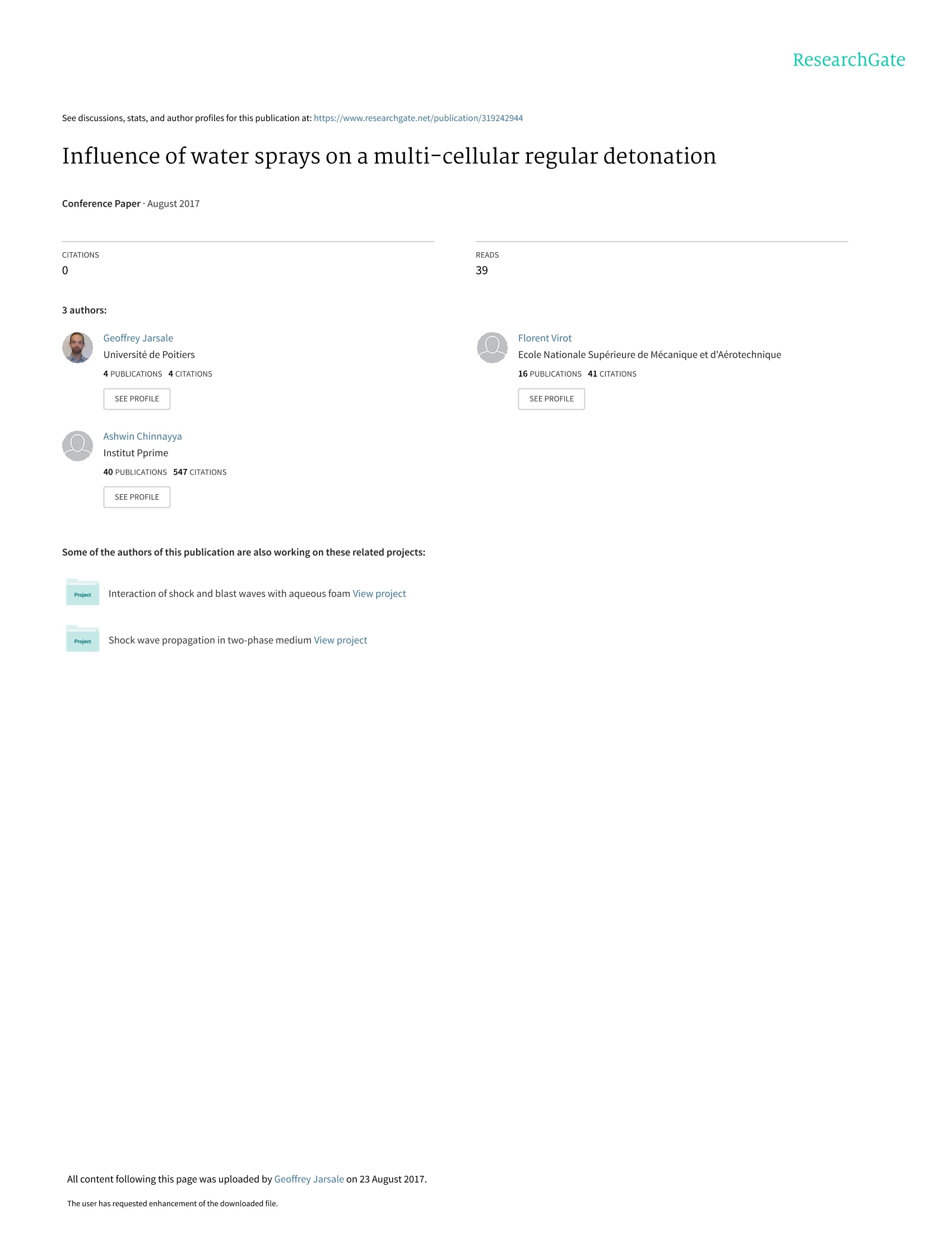
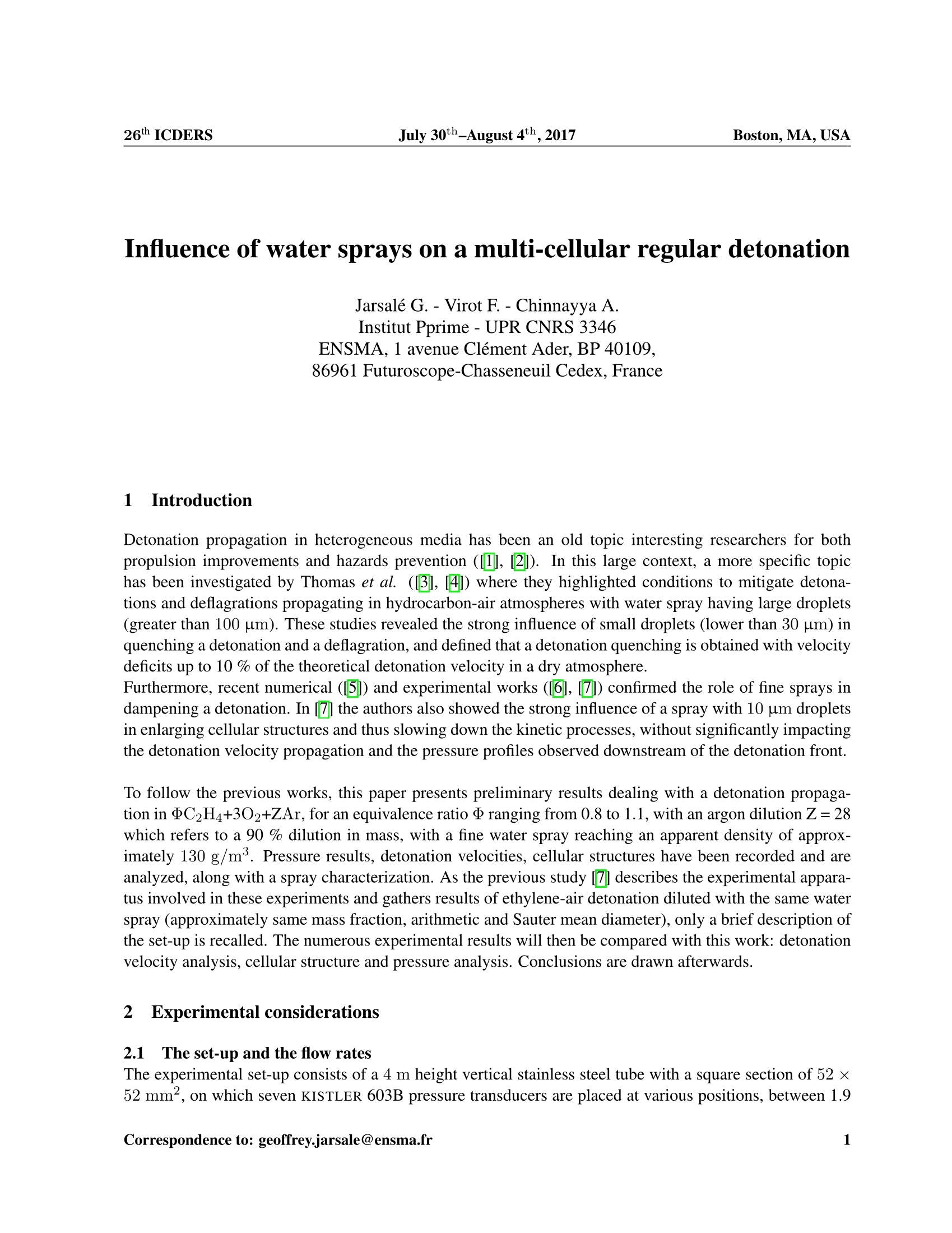
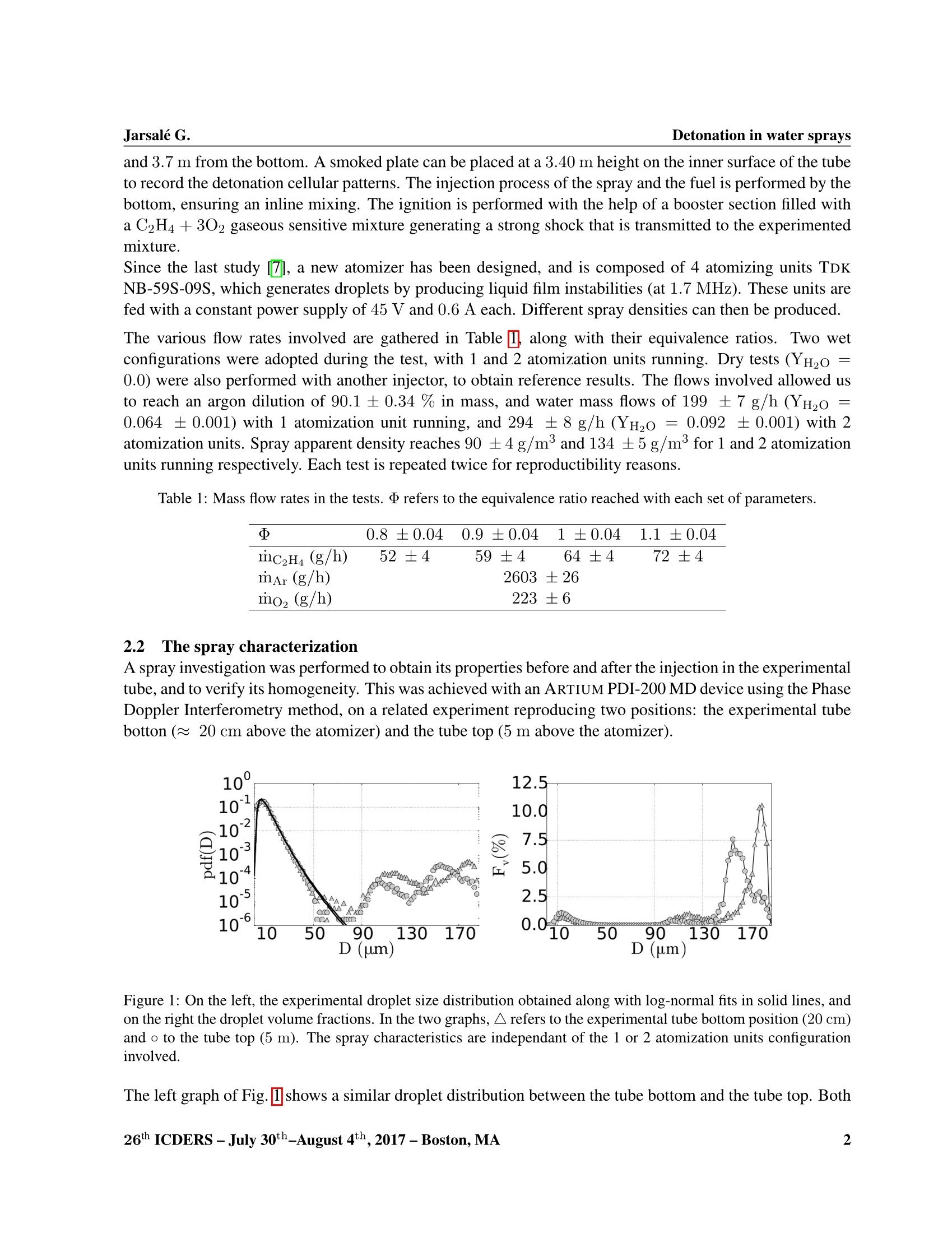
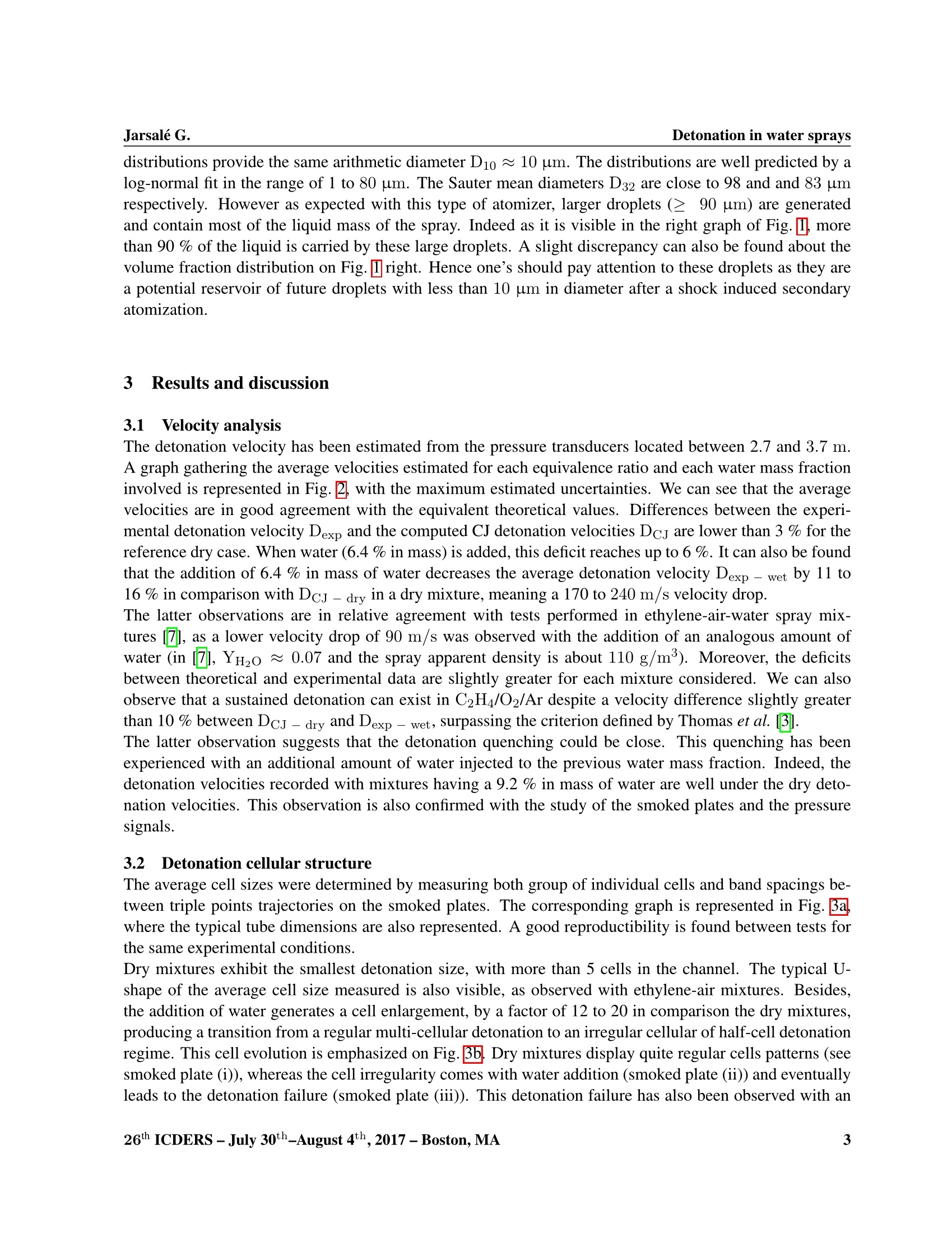
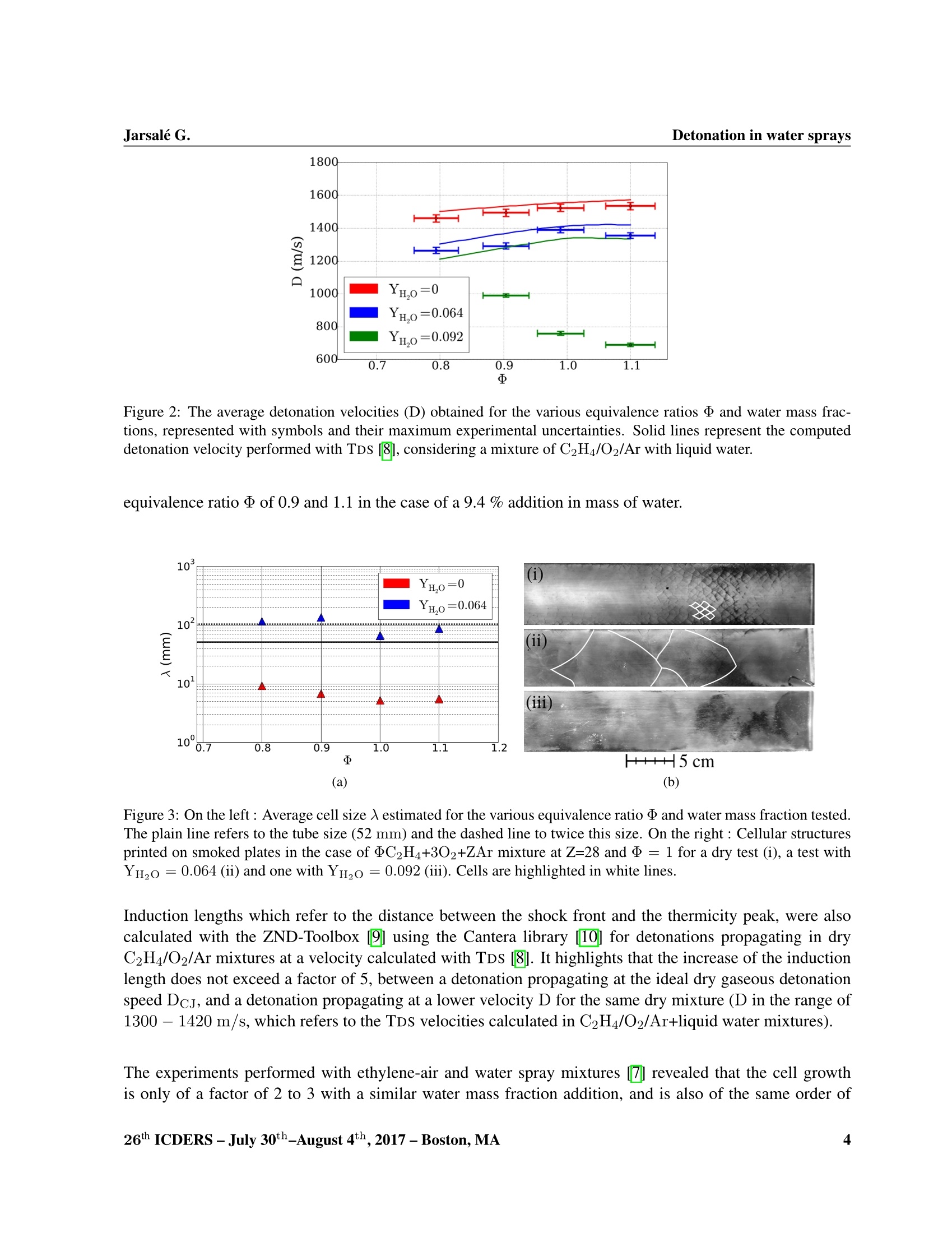
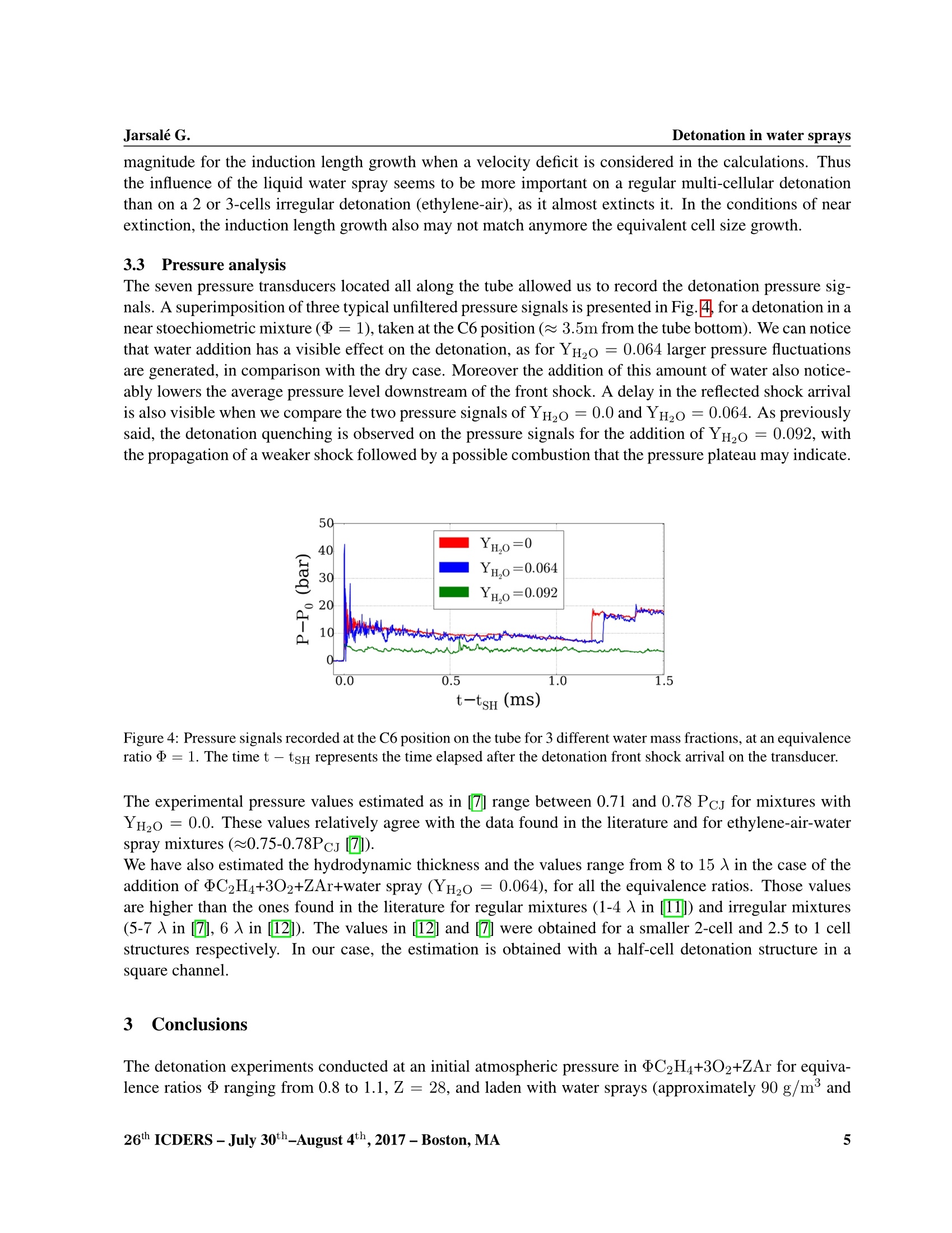

还剩5页未读,是否继续阅读?
北京欧兰科技发展有限公司为您提供《水喷雾中液滴速度,液滴粒径检测方案(激光干涉仪)》,该方案主要用于其他中液滴速度,液滴粒径检测,参考标准--,《水喷雾中液滴速度,液滴粒径检测方案(激光干涉仪)》用到的仪器有激光相位多普勒干涉仪LDV,PDI,PDPA,PDA
推荐专场
相关方案
更多
该厂商其他方案
更多











